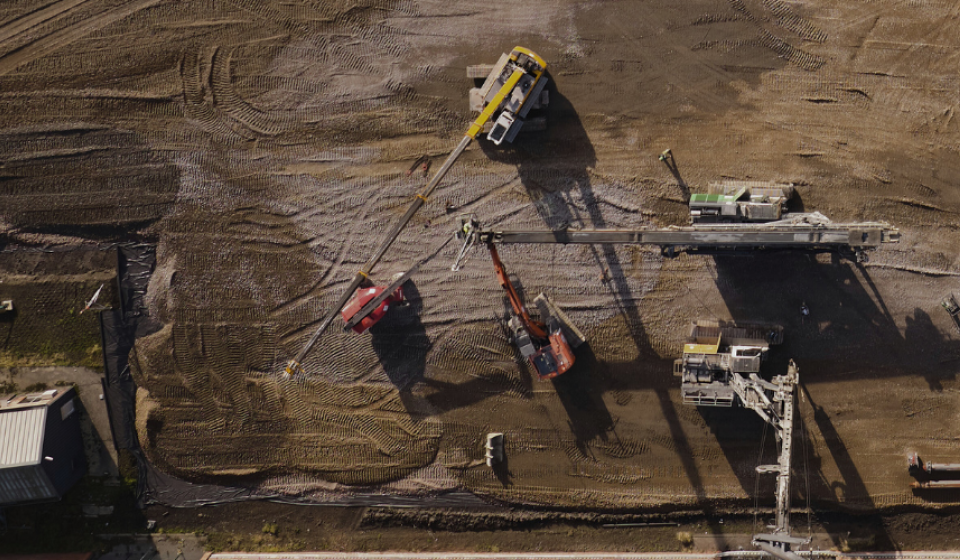Knippegroen Power Plant
State-of-the-art technology
The plant uses the best available technology to optimally convert ArcelorMittal's waste gas (blast furnace and converter gas) into electricity. The plant has a capacity of 300 MW, enabling it to generate 2.4 terawatt-hours of electricity per year, equivalent to the annual consumption of around 700,000 households.
Thanks to an efficiency rate of 42%, the Knippegroen power plant emits 70,000 less tonnes of CO2 each year from the combustion of waste gases, which the Rodenhuize power plant used to be responsible for. It is also able to use a wider range of gases, including converter and blast furnace gas. A limited amount of natural gas is used as start-up and back-up fuel.
50 years of sustainable partnership
Knippegroen meets two of ArcelorMittal's needs: to cover the steelmaker's substantial long-term demand for electricity, and to offer a useful application for the waste gases formed during the steel production process – converting them into electricity.
The new plant marked the continuation of the collaboration between Electrabel and ArcelorMital (formerly Sidmar) in Ghent, which has existed for around fifty years. Prior to the commissioning of the Knippegroen power plant, the steel producer's blast furnace gas was used at the Rodenhuize power plant. However, several of this plant's production units have now reached the end of their lifetime and have been shut down. The remaining unit at Rodenhuize, the Max Green biomass power plant, still serves as a back-up for the Knippegroen power plant for example when it is shut down for maintenance work.
An exciting look behind-the-scenes
Visitors will get a unique behind-the-scenes look at the plant in operation. They'll pass beneath the imposing pipe that transports the gas. An elevator takes them to the top of the 100-metre-high boiler. They will pass by the enormous fans that propel the combustion air into the boiler. They'll approach the steam turbine and see up close how thousands of litres of cooling water pour into the cooling tower every second.
Figures
- Capacity: 300 MW.
- Production: 2.4 terawatt hours per year, or the consumption of 700,000 households.
- Fuel: residual gas from steel production (mixture of blast furnace gas and converter gas) at ArcelorMittal Gent, i.e. 6 billion Nm3 per year.
- Natural gas as start-up and support fuel.
- Conversion efficiency of 42%.
- 70,000 tons less CO2 emitted per year.
- Connected to the 150 kV grid at ArcelorMittal Gent's high-voltage substation.
Fun Facts
- The name Knippegroen refers to the neighbourhood where the power station was built, which had the same name at the time. It was a street along the old road connecting Zelzate and Ghent.
- Blast furnace gas is a byproduct of the manufacture of steel in a modern blast furnace. It is released during the reduction of iron ore with coke to metallic iron.
- Converter gas is produced during the process of converting iron into liquid steel.
